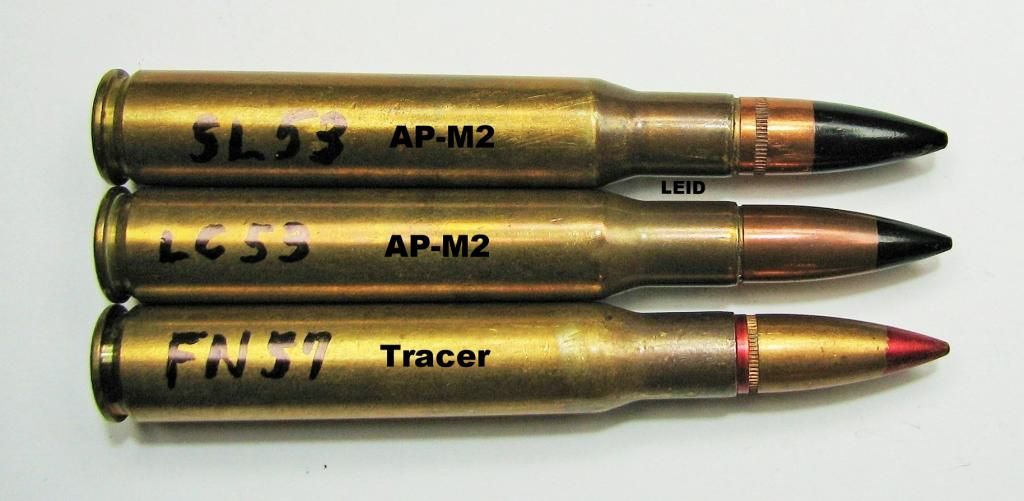Jimro,
I think you are right. Tungsten is more dense than lead, so leaving it out of the alloy lightened it.
Bacardisteve,
I've found two references that say that bullet is 1.40" long. The JBM calculator puts the gyroscopic stability factor at 1.598 with a 10" twist and at 2770 fps MV (needed to be at 2715 fps at 78 feet, where the military measured it). Sierra long ago advised me that a stability factor of 1.3 to 3.0 was good for "hunting accuracy", while 1.4 to 1.7 was best for "match accuracy" and this bullet is right there. If I up the velocity to 3300 fps, the stability factor is almost 1.694. Still inside the best accuracy range at standard atmospheric conditions. This helps explain why snipers found it accurate.
You can drive it fast for fun. Figure, though, that accuracy may go south much over 3000 fps due to core stripping. The bullet was never made to start at over 30-06 velocities, and I can't say how it will keep together with high angular acceleration (rotational acceleration). If the core starts slipping inside the jacket due to over-acceleration, you'll see groups widen.
Also, the fast the impact, the easier it is for the bullet to turn sideways. So you may find the higher velocity better for armor plates or longer range, but that the bullet disintegrates and turn in wood at closer range.



